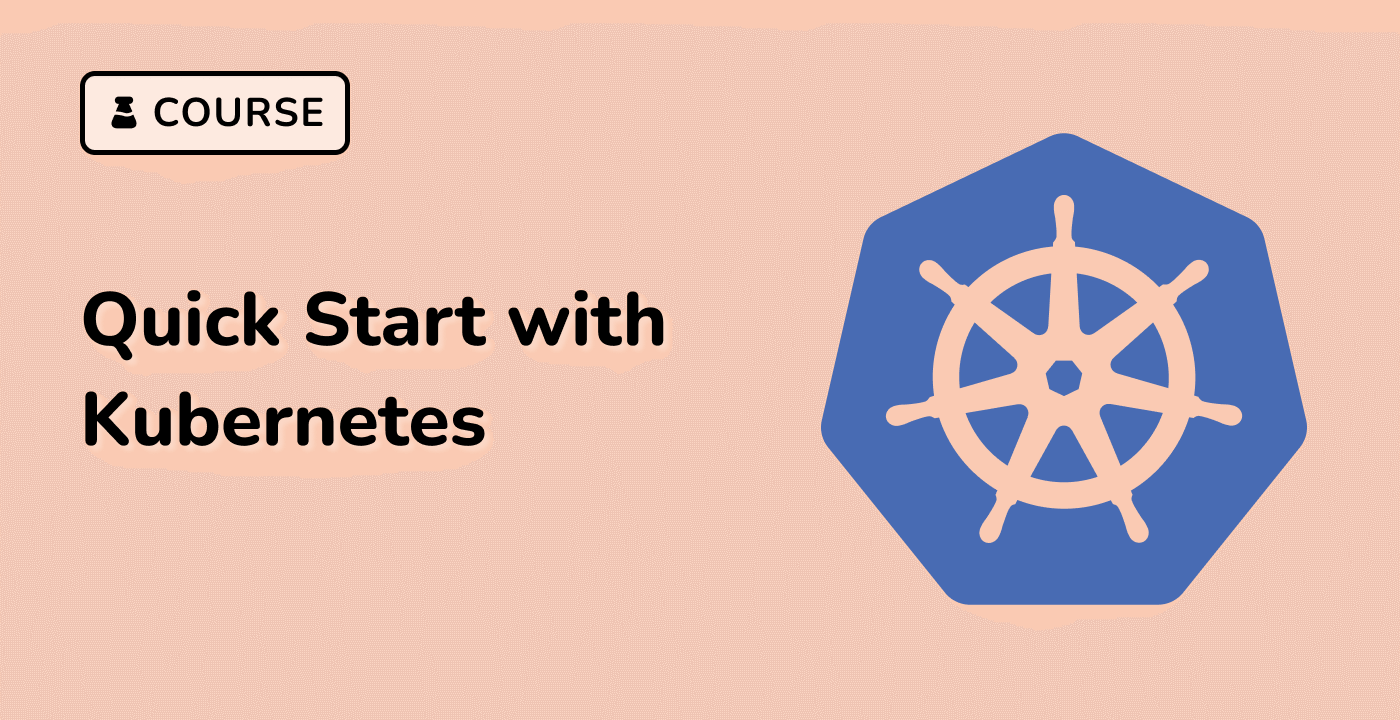Verify the Update
In this step, you will verify that the update to the ConfigMap has been applied to your application.
First, find the name of the pod running your application by running the following command:
kubectl get pods -l app=my-app
You should see a single pod running your application. Note the name of the pod.
Next, run the following command to open a shell session in the container running your application:
kubectl exec -it pod-name -- /bin/sh
Replace <pod-name> with the name of the pod that you noted earlier.
Once you are in the shell session, run the following command to print the value of the DATABASE_URL environment variable:
echo $DATABASE_URL
You can see that the configuration did not take effect, it is still the same data as before. You need to restart Deployment with the following command.
kubectl rollout restart deployment my-app
When the reboot is complete, go inside the container again and use the above command to check the configuration.
You should see the updated database connection string.



